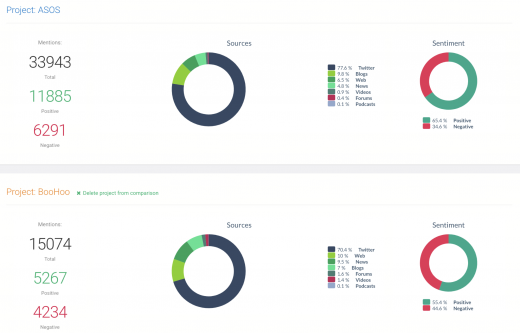Stop, Look and Listen – Sentiment Analysis in eCommerce
Stop, Look and Listen – Sentiment Analysis in eCommerce

As the owner of an e-commerce store, you’ll no doubt be inundated with advice and tips on how to attract new customers to your store. It is essential to master the art of reeling in those shiny new customers — but that is actually the easy part.
Stop, Look and Listen – Sentiment Analysis in eCommerce
It’s really not that difficult to use the impressive arsenal of tools such as sentiment analysis we have at our disposal to draw people to your site like a kind of digital Pied Piper. However, what you really should be focusing on is keeping those customers once you have them.
As most business veterans will tell you, it’s easier to retain existing customers by keeping them happy than it is to get them back once they’ve moved on. But, how, exactly, is that done?
Loyalty guard

Gaining and retaining customer loyalty in a competitive marketplace is an art that involves keeping a number of balls in the air at all times.
In short, you’re only rewarded with customer loyalty when you’ve done everything possible to keep the customer happy and to make sure that your user experience is second to none. That’s all very well, I hear you cry, but how do I know if the customer is happy or not?
Customer Reviews
In 2021, your e-commerce store is most likely set up to request a review from your customers after every purchase – well done you. Reviews are a brilliant way of gathering feedback from your customers and collecting glowing testimonials for your website and your social media. Problem solved? Not really.
Who will leave you a review?
Unfortunately, only around 60% of e-commerce customers actually get around to leaving reviews for their purchases. This can be due to simple laziness or lack of interest. But, just because they’re not leaving a review, doesn’t mean that they don’t have an opinion on your brand which they may be sharing with others.
For hard-working brands, this means that 40% of your customers might be praising you — or complaining about you — without your knowledge.
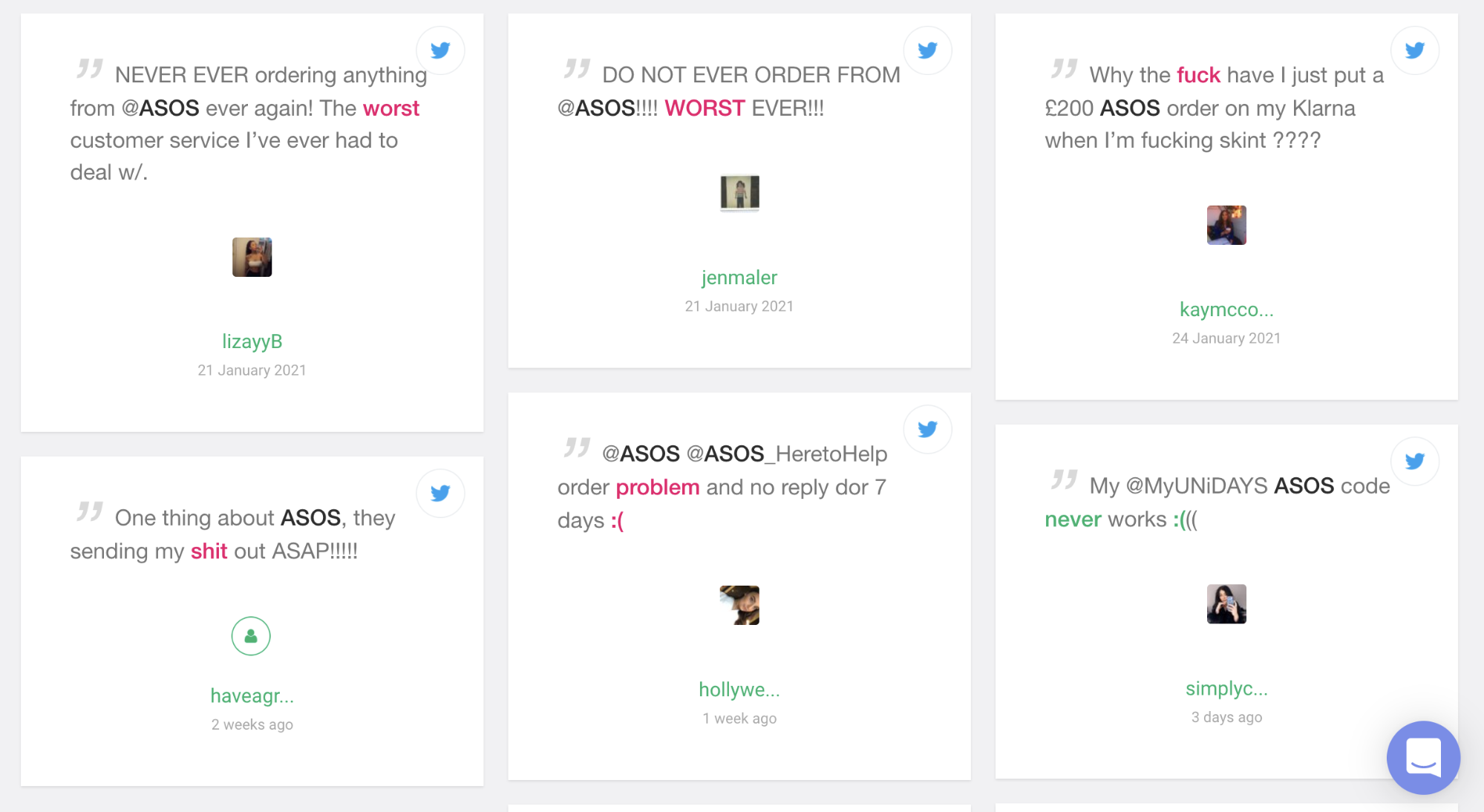
You can’t, of course, force customers to leave a review (although you can bribe them but, that’s another story).
So, how do you get about finding out what they think? Thankfully, the answer is relatively simple and it comes in the form of sentiment analysis.
Bursting with emotion
Sentiment analysis tools scour the internet to find mentions of your brand, product or service online. Then, the algorithm rates these mentions into one of three categories — Negative, Neutral and Positive. This is super helpful in giving you a broad idea of how people feel about your brand. But, these days, sentiment analysis tools are able to dig much deeper than that.
 With a lot of modern tools, you can drill down to specific messages and, even contact the poster directly to start a dialogue. This is incredibly important for brands to gather useful feedback. Additionally, it also helps to avoid a reputational crisis.
With a lot of modern tools, you can drill down to specific messages and, even contact the poster directly to start a dialogue. This is incredibly important for brands to gather useful feedback. Additionally, it also helps to avoid a reputational crisis.
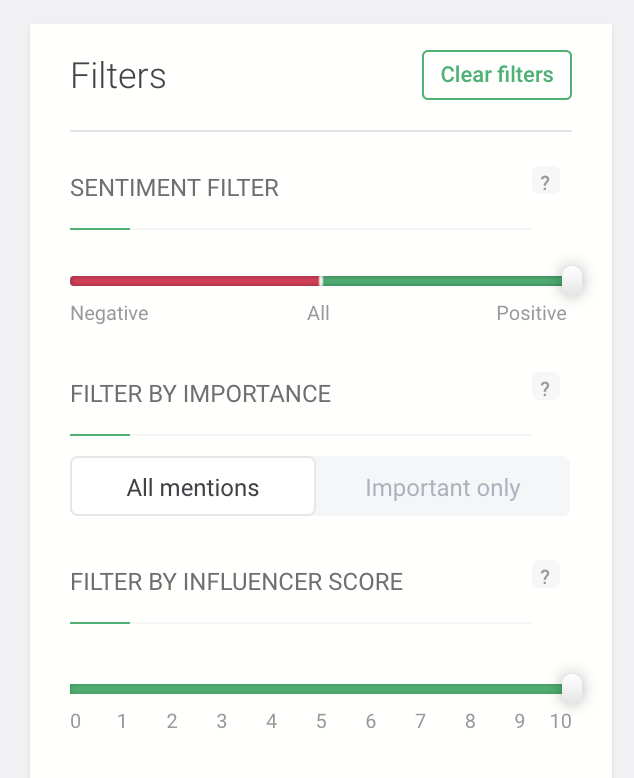
A sentiment analysis journey – How it works

Customer sentiment analysis is all about finding out what customers are saying about your brand and then deciphering the emotion behind it.
In most cases, customers will have an emotional response (good or bad) after making a purchase. They’re more likely to tell their social media followers about it than they are the brand itself. This may seem unfair.
We’ve all seen people complaining on Facebook about a local takeaway restaurant without actually first contacting them. But, this is the digital world that we live in.
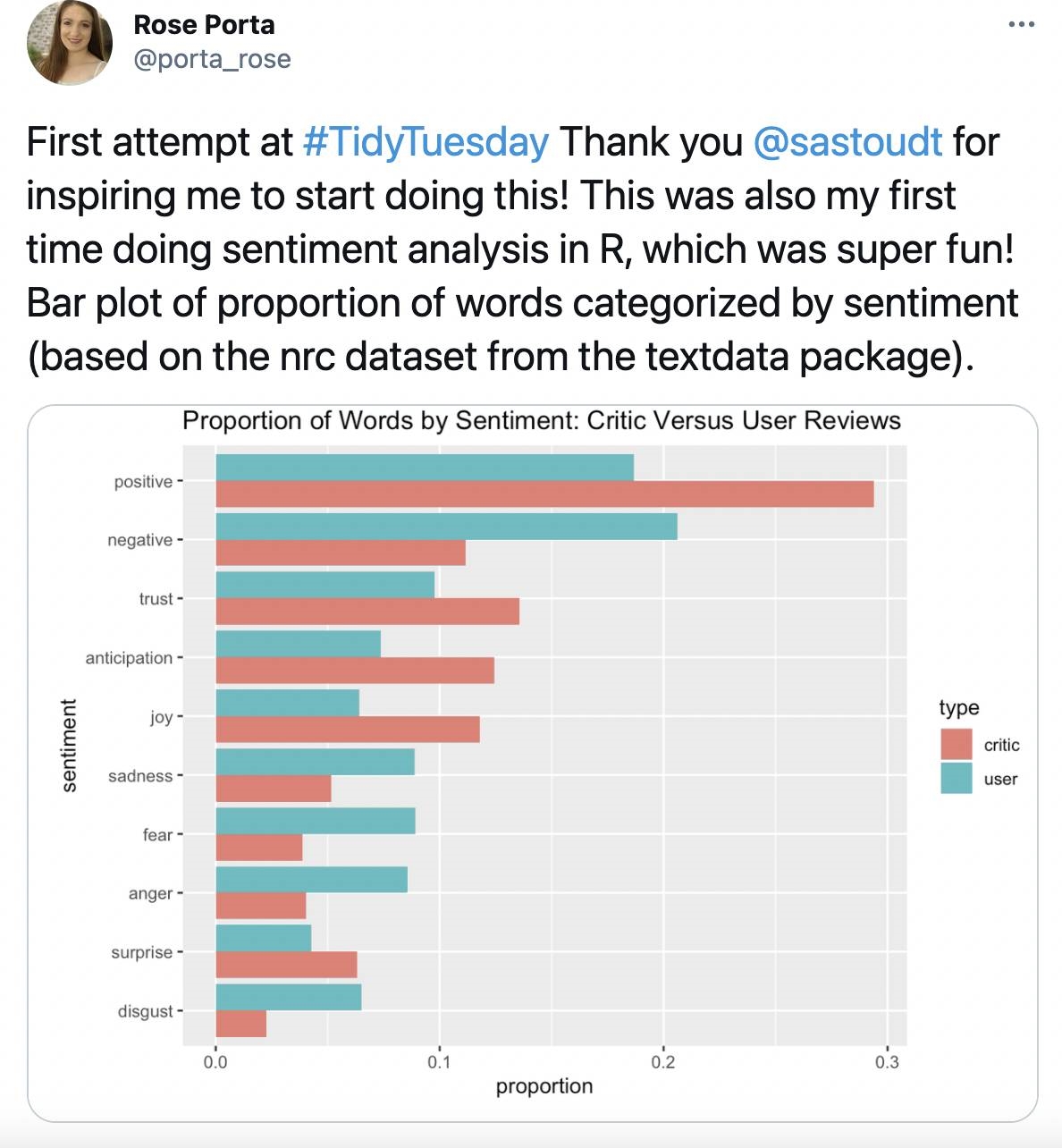
Getting started
Various tools on the market are affordable and easy to use and are a great way to get started on your sentiment analysis journey.
You can use these tools to not only check out comments about your brand but that of your competition as well to help you to see what you’re doing right – and what you’re not.
In 2021, you’re able to filter your searches and results in a number of ways. For example, it’s possible to perform an entire search based purely on a heart emoji.
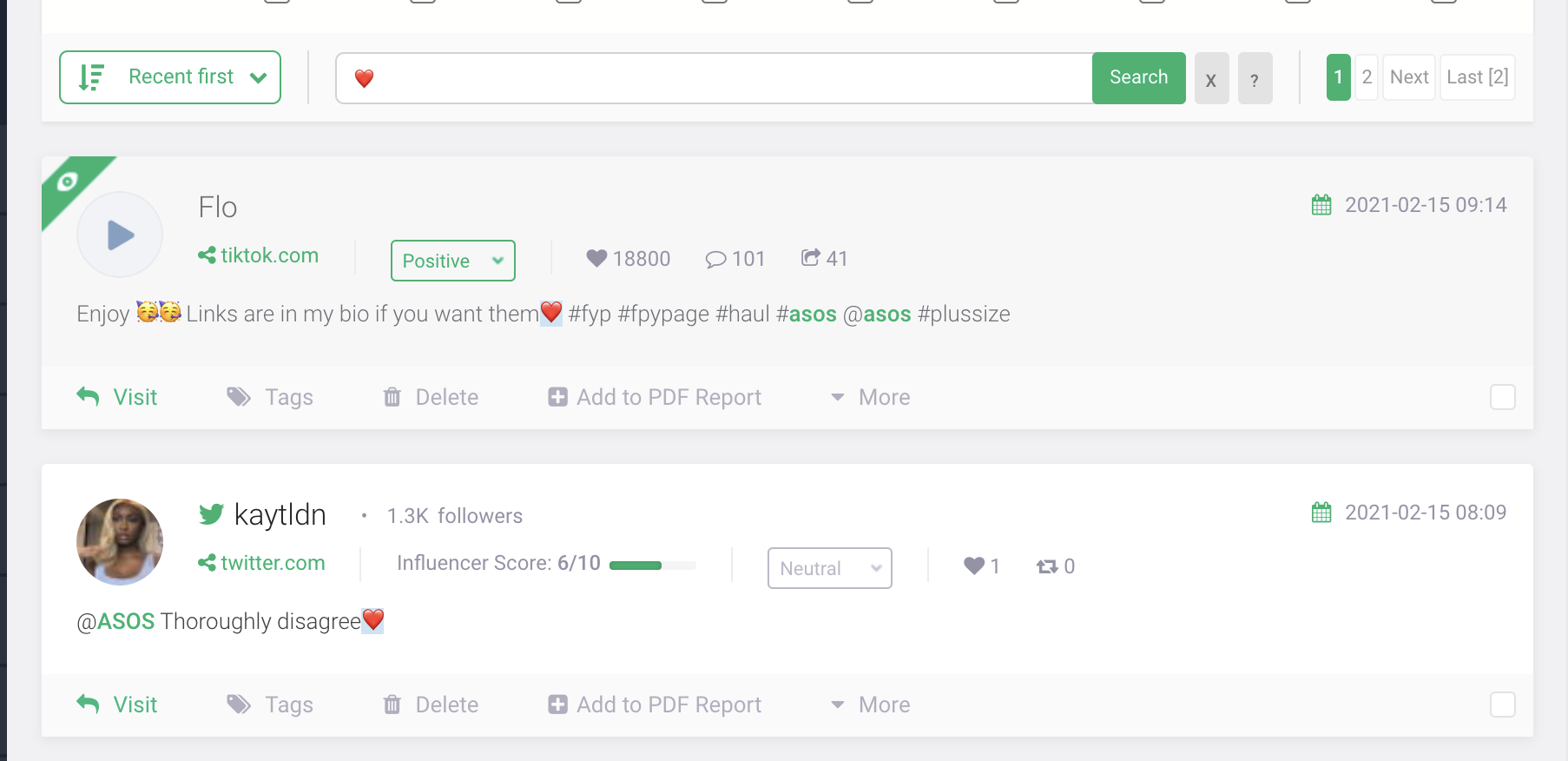
With tools like Brand24, you can wiggle your parameters to your heart’s content in order to produce very simple, broad results or much more in-depth results.
The results give lots of useful facts and figures like these for shopping giants, Amazon and eBay.
“As a software development agency, we’re constantly working to stay ahead of the competition – particularly during the pandemic. We’ve been using Brand 24 for a few years now and, this has proved invaluable in helping us to keep on top of our game.
In 2021, if you’re not listening to your customers, you can guarantee that your competition will be”. Jack Zmudzinski, a senior associate at future-processing.com
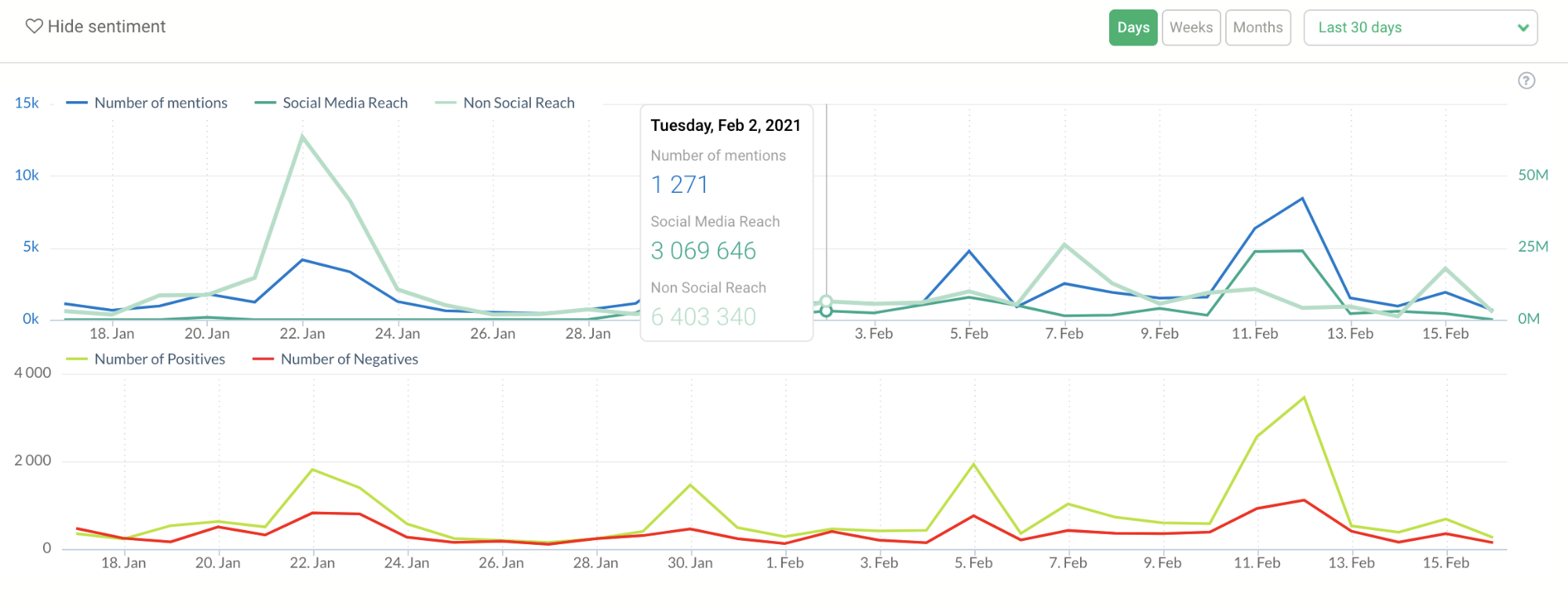
Amazon and eBay are long-standing competitors in the world of low price e-Commerce. As such, each is constantly looking for ways to get ahead. Collating customer information is, quite literally, the only way to do this in a way that is effective.
As you can see, the results clearly show ups and downs which allow brands to pinpoint specific events and dates for particular ‘emotions’.
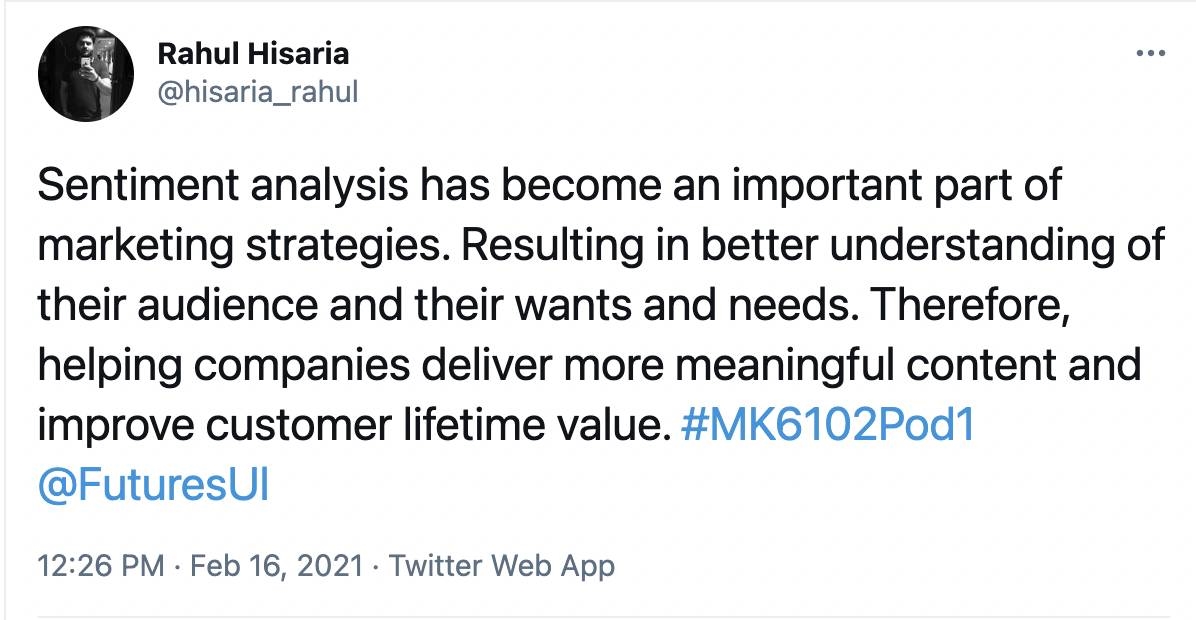
Why is sentiment analysis important?
Most brands will, as a matter of course, experience the occasional high and low when it comes to public opinion and, these are usually relatively minimal.
However, for some unlucky brands, an event such as a faulty product or some negative press can produce much more severe dips. If these are not handled quickly, they can have devastating consequences.
A recent example of this is the budget clothing website, BooHoo. They faced the wrath of the public when the press published a story claiming that the brand was vastly underpaying its employees.

Following the news story, it took just one tweet. Loyalty to the brand took a nosedive with many customers vowing to never shop with the brand again because of these appalling practices.
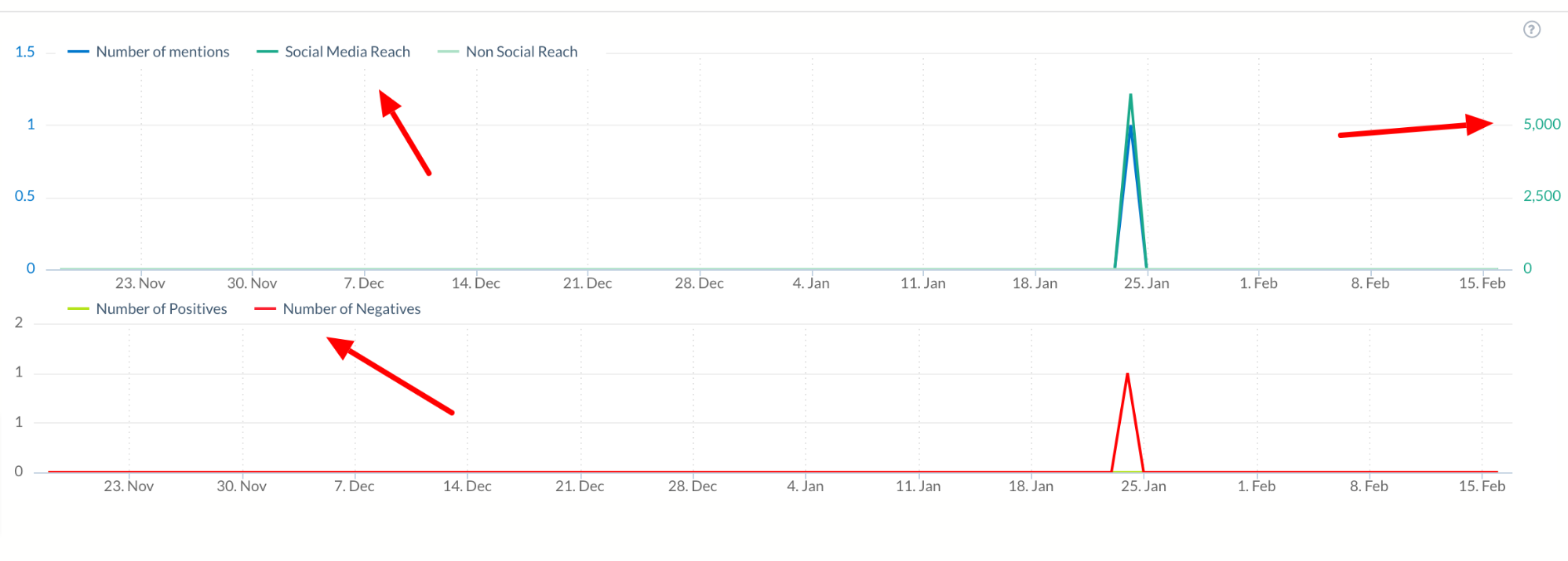
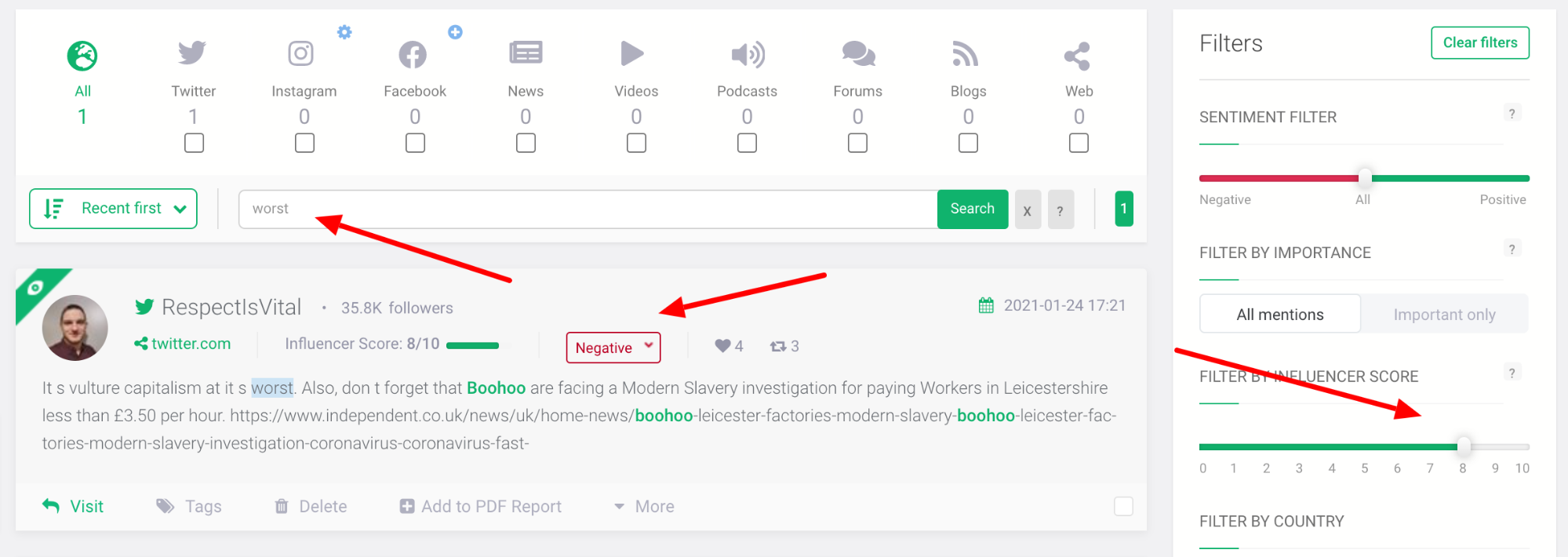
During the crisis, BooHoo lost more than a third of its market value and has been rallying ever since in a bid to win back its customers.
Sentiment analysis helps brands to spot any potential problems the moment that they begin which, in turn, allows them to deploy a crisis management strategy in order to get out ahead of the problem.
“With the best will in the world, most brands will run into the odd customer-related problem at some point or another. That’s not a problem – but how you deal with it, and how quickly, might be. We use sentiment analysis as a regular part of our business to make sure that we’re aware of any potential issues and to engage with our customers in real-time.” Dima Suponau, CEO & Founder at numberforliveperson.com
Reading the signs
As great as it is, sentiment analysis is not yet infallible as it’s not yet brilliant at spotting things like nuance and sarcasm. Therefore, it’s always a good idea to get into the habit of reading comments on a regular basis to ensure that you’re getting the whole picture.
For example, a social media user may post, “I bought a device charger from X brand and it worked for a whole day before conking out. Fantastic – great job, X Brand.”
While this statement is clearly negative, your sentiment analysis tool is unlikely to see it that way and will almost certainly file it in the ‘Positive’ category.

How can sentiment analysis boost customer loyalty?
The one thing that you really need to know about your customer is that they need to feel that they are valued. Most people don’t have huge amounts of disposable income. For this reason, how they are treated when they’re spending their hard-earned cash is all-important.
We’ve talked a bit about how sentiment analysis can improve your reputation. In this section, we’ll look at the different ways in which you can use it to improve customer loyalty:
Customer support
One of the most common complaints thrown up by sentiment analysis is that of customer support. These days, customers expect instant responses. When they don’t get them they’re liable to have a good old whinge about it on Facebook.
If this is the case for your brand, sentiment analysis will enable you to contact the complainer directly. The personal connection lets you inform them of your intended improvements as well as making a statement on your social media platforms to the same effect.
Direct contact is probably the most important thing you’ll use your sentiment analysis for as it makes the customer feel “heard,” which breeds loyalty.

Product improvement
Nobody likes to hear that their product or service is ‘proper rubbish’ or ‘useless.’ Still, when this happens, it can be a valuable lesson. If you’re selling a product or service then, chances are, you have a fair amount of competition.
If your offering is under par or not fit for purpose, you need to know about it in order to make improvements.
 It may be that hearing and responding to the complaint will be fairly simple — in which case you can simply contact customers and release a statement. In other cases, where the problem is more serious, you may have to consider a rebrand (serious issues).
It may be that hearing and responding to the complaint will be fairly simple — in which case you can simply contact customers and release a statement. In other cases, where the problem is more serious, you may have to consider a rebrand (serious issues).
Either way, this could be the make-or-break point for your business. Most likely break if you don’t listen to those customers and react accordingly.
“The art and science of analyzing customer feedback and re-thinking your own product features or business processes is complicated. It requires a deep understanding of the whole customer journey, the accuracy and relevancy of pain-to-solve, and the role of value you’ll bring to customers.
Thus, it’s crucially important to not only collect feedback at the moment but to build a constant and persistent flow of feedback analysis” – Maksym Babych, CEO at SpdLoad, a software development company for early-stage startups.
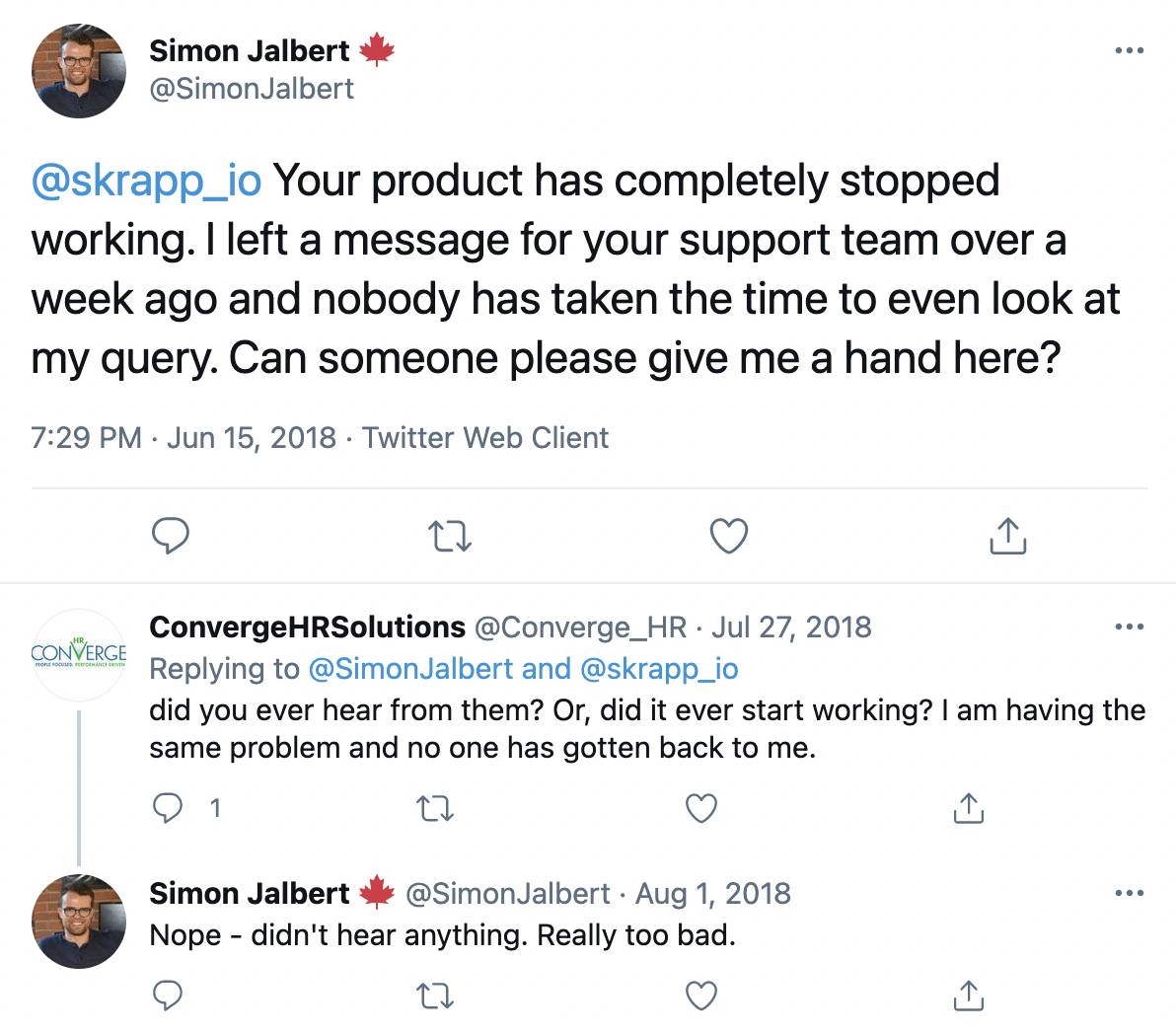
Start a dialogue
As I mentioned early on in this article, sentiment analysis tools allow you to dial directly in terms of contacting the person who is making the comment. This gives you a unique opportunity to grab yourself a brand ambassador by starting a dialogue.
Quick contact is actually simpler than it sounds. For example, a customer has been whinging on social media about the fact that, while your device charging pad is OK, it doesn’t notify you when it’s finished charging.
Allowing you to quickly contact the customer to tell them that your brand has taken his or her comments on board — is important to the customer.
You would then go on to tell them that you would love to discuss things further with them. By doing this, the customer automatically becomes invested in your brand as well as feeling like their opinion matters. The result? You’ve just bagged yourself a loyal customer.
Survey says
Results from sentiment analysis are a great way of collating information to use in customer surveys. People generally love to give their opinion, particularly if an incentive is involved. Quick surveys on social media tend to be really successful for small to medium brands.
Surveys can help you to refine your offering by asking specific questions with specific answers to give you results. Then, these will point your brand in the right direction in terms of future products and features. This means that you can turn sentiment analysis results into surveys which will net you further feedback and contact information.
The data capture
By collating comments gathered from social media, you’ll get a really good idea of who your customer is and, what they want. This information is a treasure trove when it comes to providing more relevant, targeted content for your customers.
In the modern world, people are constantly bombarded with information online. Unless it’s super-relevant, they’ll tend to go scrolling on by.
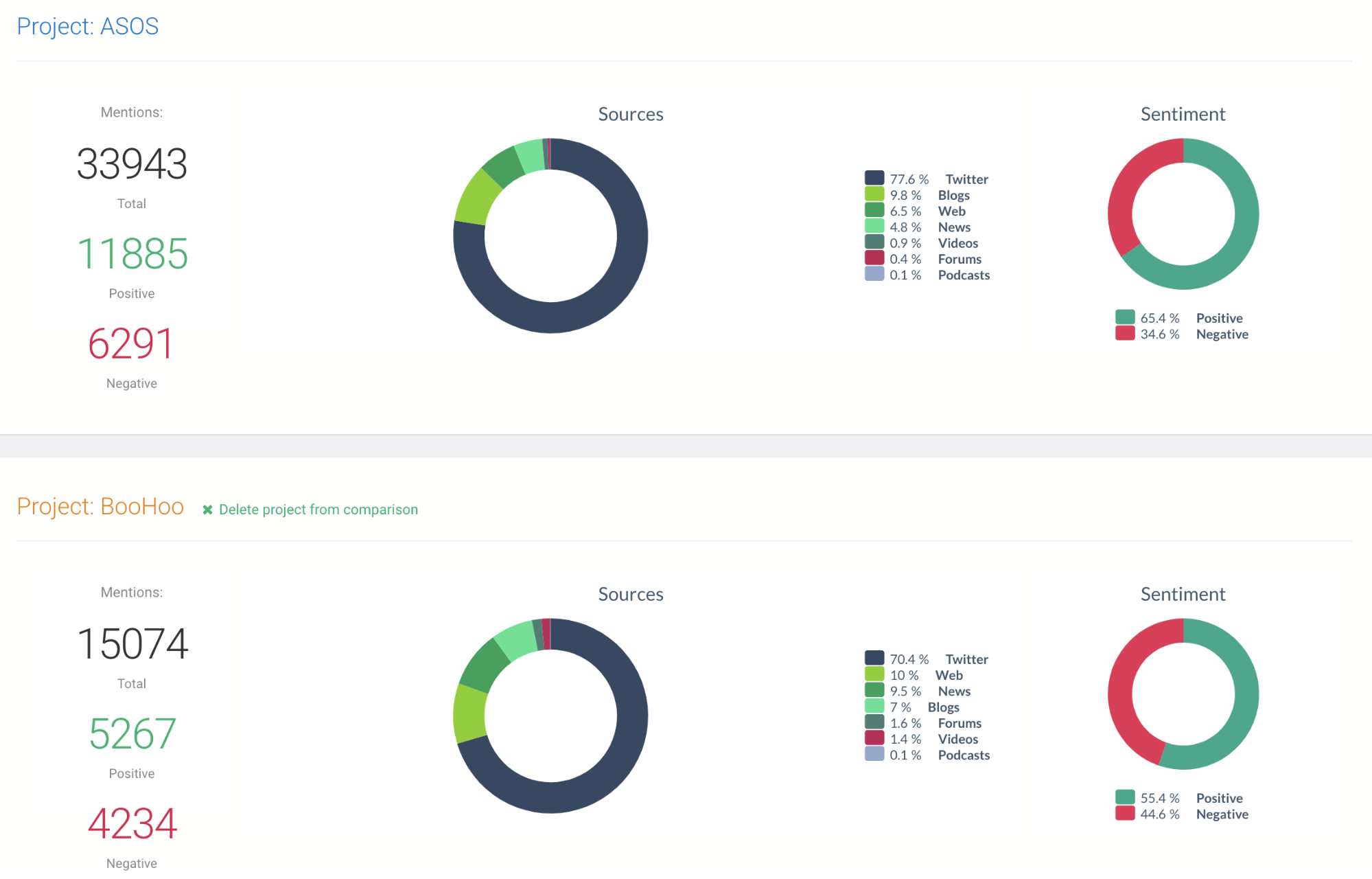
Sentiment analysis allows you to use even negative comments to your advantage by recognizing pain points and solving them.
Here is one of the wider uses of sentiment analysis and, it goes like this:
You set your sentiment analysis tool to ‘wireless device charger’ rather than your brand or product. This will give you access to all kinds of comments and conversations on the subject. This is a great indicator as to what people do and don’t like. You’ll then be able to put together relevant and fabulous content. The user will think that you’ve been reading their mind (which you have – sort of).
Your competitor searches will also come in handy here. These will help you to identify gaps in the market and inefficiencies in their service or product which you can then address in your own content.
Conclusion
There’s no denying it — business is tough right now. Retaining customers and improving customer loyalty is never a quick fix. In reality, this can often seem like an uphill climb with no end in sight.
While you’ll still have to put in the work to keep your customers happy, sentiment analysis is a fantastic way of getting a head start.
Sentiment analysis allows you to actually be able to listen to your customers firsthand. This, in turn, lets you then react positively and swiftly to any issues.
On top of that, grabbing bragging rights for those all-important positive comments becomes a walk in the park.
Top image credit: andrea piacquadio; pexels
The post Stop, Look and Listen – Sentiment Analysis in eCommerce appeared first on ReadWrite.
(38)

